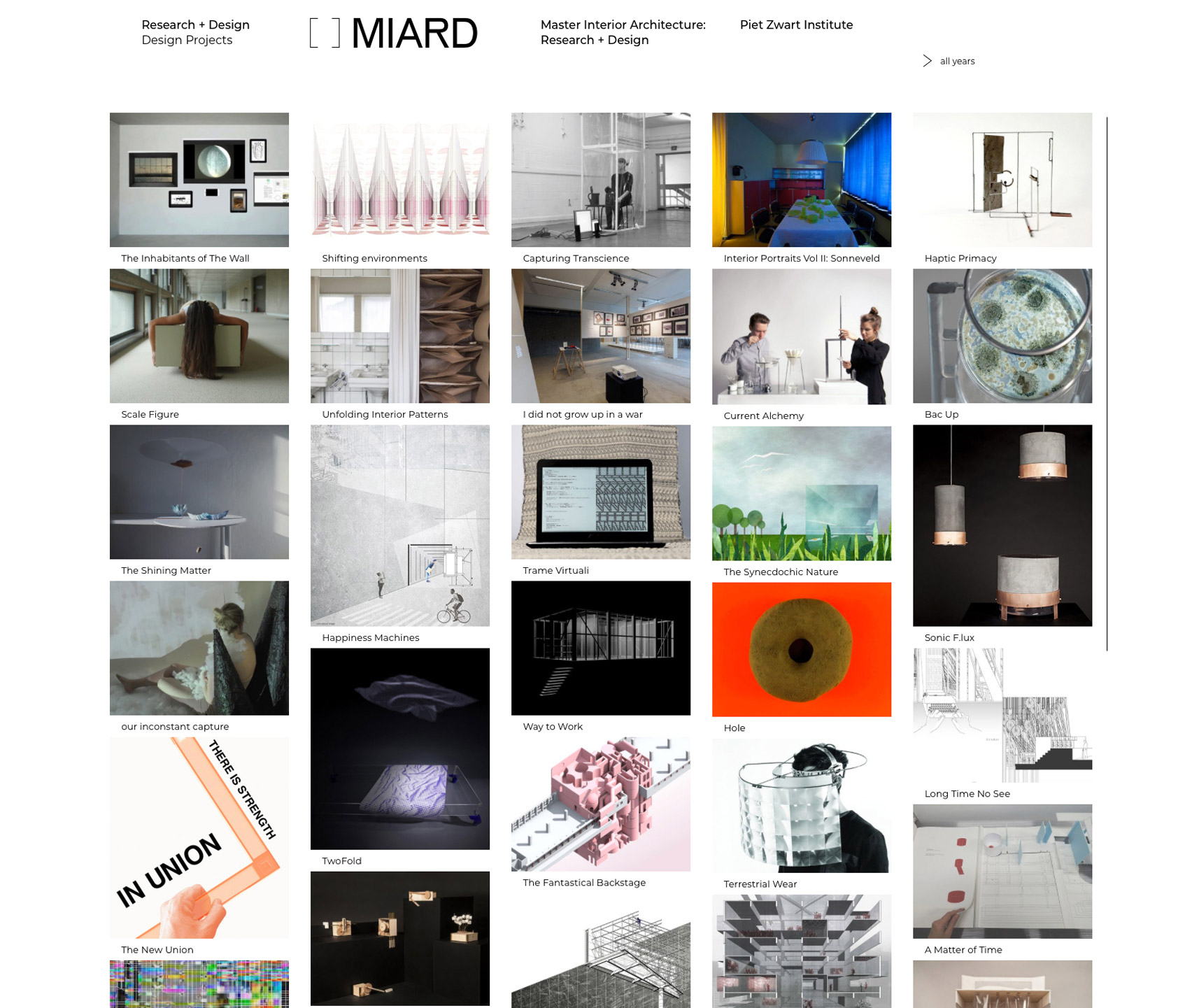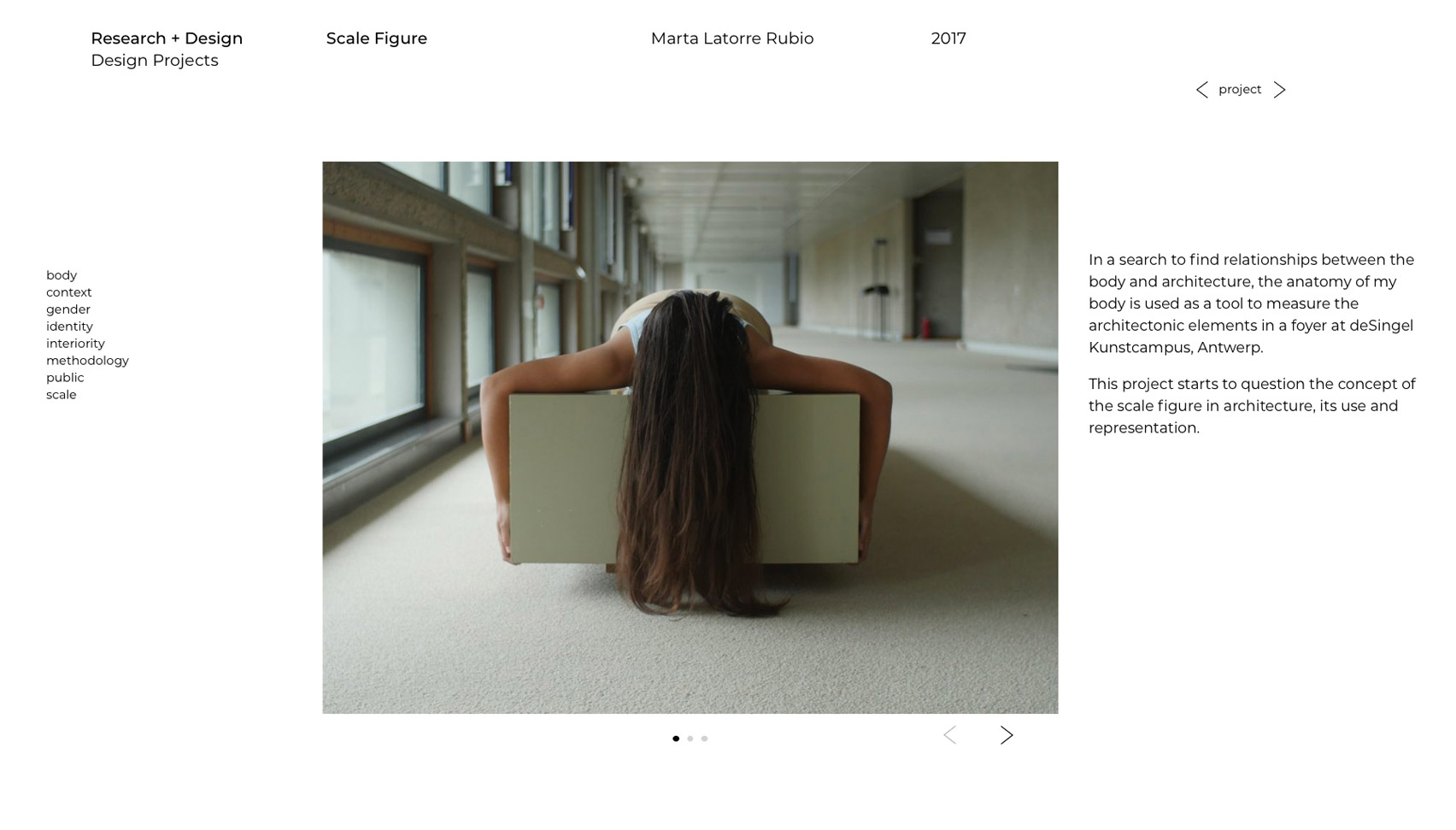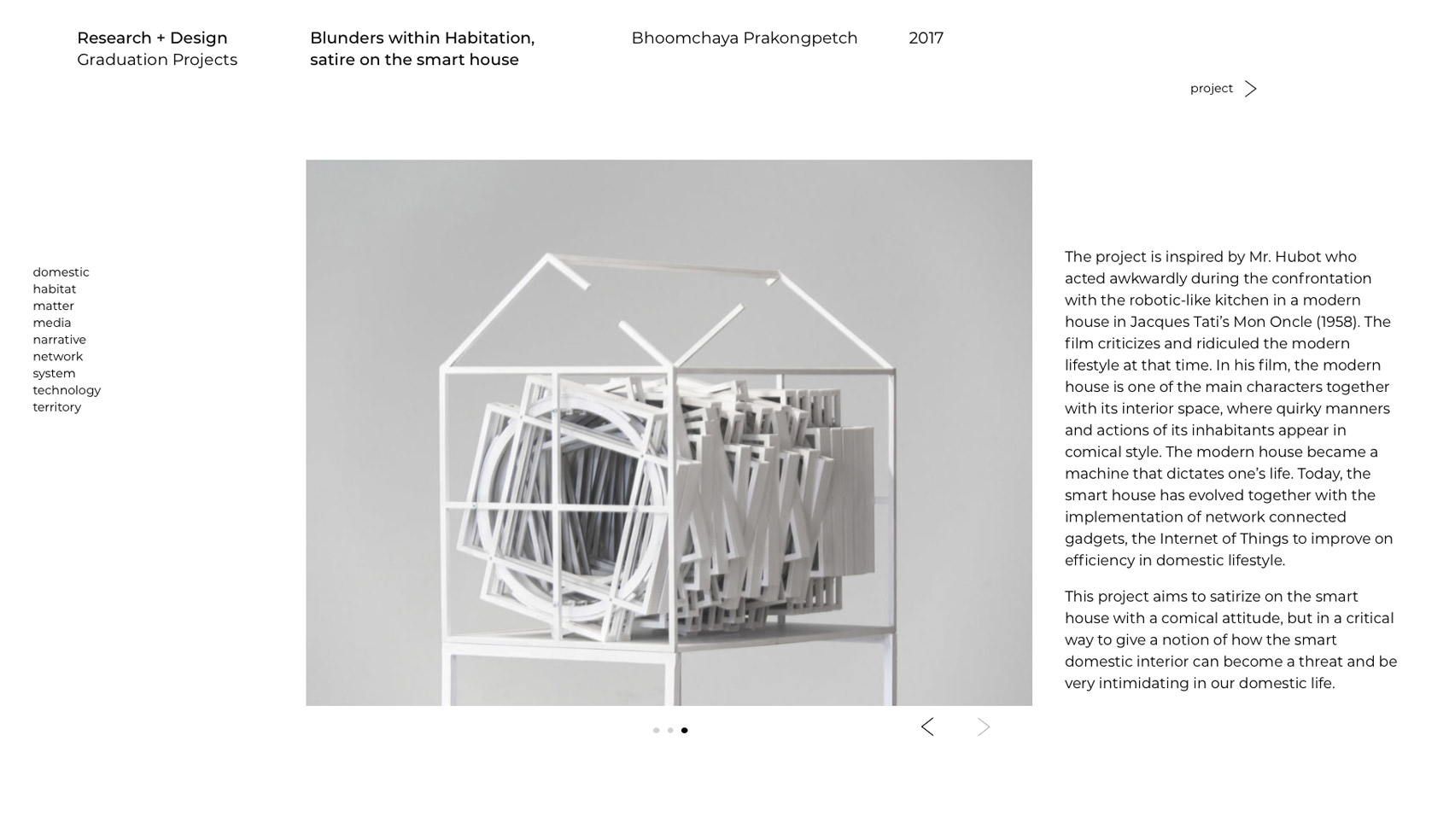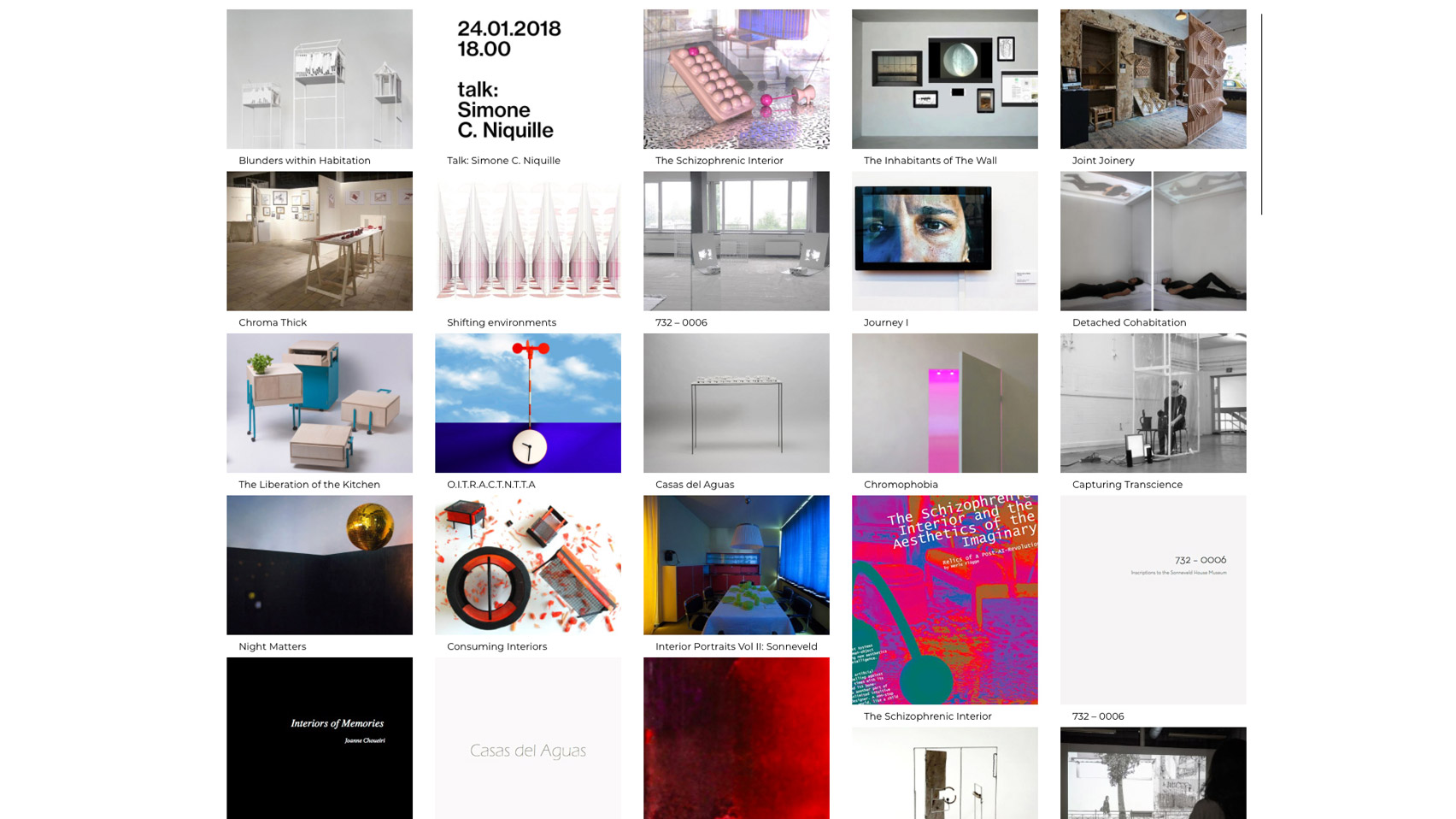Located in the heart of Rotterdam, Piet Zwart Institute is a post-graduate institute where people study art, design, and media. Named in memory of the pioneer Dutch designer, Piet Zwart, the institute has recently announced that it will launch an online archive containing student design research.
The archive is offered by the postgraduate program named Master Interior Architecture: Research + Design, MIARD. This two-year program offers a multidisciplinary approach and encourages innovative designers in the field of interior architecture to think outside the box. Now, it is exposing the design-led research that students produce during this Master’s program.
Although many institutions do not prefer the idea of making their student’s work visible to the public, MIARD’s course director Alex Suarez from the Piet Zwart Institute, says that they strongly believe in sharing the students’ research and projects with the community.

Courtesy of Piet Zwart Institute
Suarez states, “We want to create a comprehensive archive to catalog, feature, and share design-led research projects with our community.”
With a simple user interface, this rich archive is going to be available not only to students and staff but to the public. It represents an online exhibition of the projects completed each year by the students including high-resolution images and text descriptions for each project.

Courtesy of Piet Zwart Institute
“It is an accessible online collection that anyone can visit, and reflects the program’s ethos, quality of work, and the multiple dimensional practices of interior architecture. We’re excited to see how the archive will grow and the content will shift – in 20 years a different idea of archiving will exist,” adds Suarez.
Among the interesting projects in the archive is Marta Latorre Rubio’s project which studies the link between architecture in the human body and Bhoomchaya Prakongpetch’s project which explores the effect of smart technology on modern households.

Courtesy of Piet Zwart Institute
Additionally, Gill Baldwin displays a very intriguing installation in his project where he experiments with steam and its effect on a performer’s mental state and emotional wellbeing. He has used real-life performers who enter the installation in his experiment, and he shares his conclusion with the public on the Piet Zwart online archive.
Courtesy of Piet Zwart Institute
Courtesy of Piet Zwart Institute
Courtesy of Piet Zwart Institute
Courtesy of Piet Zwart Institute
Courtesy of Piet Zwart Institute



